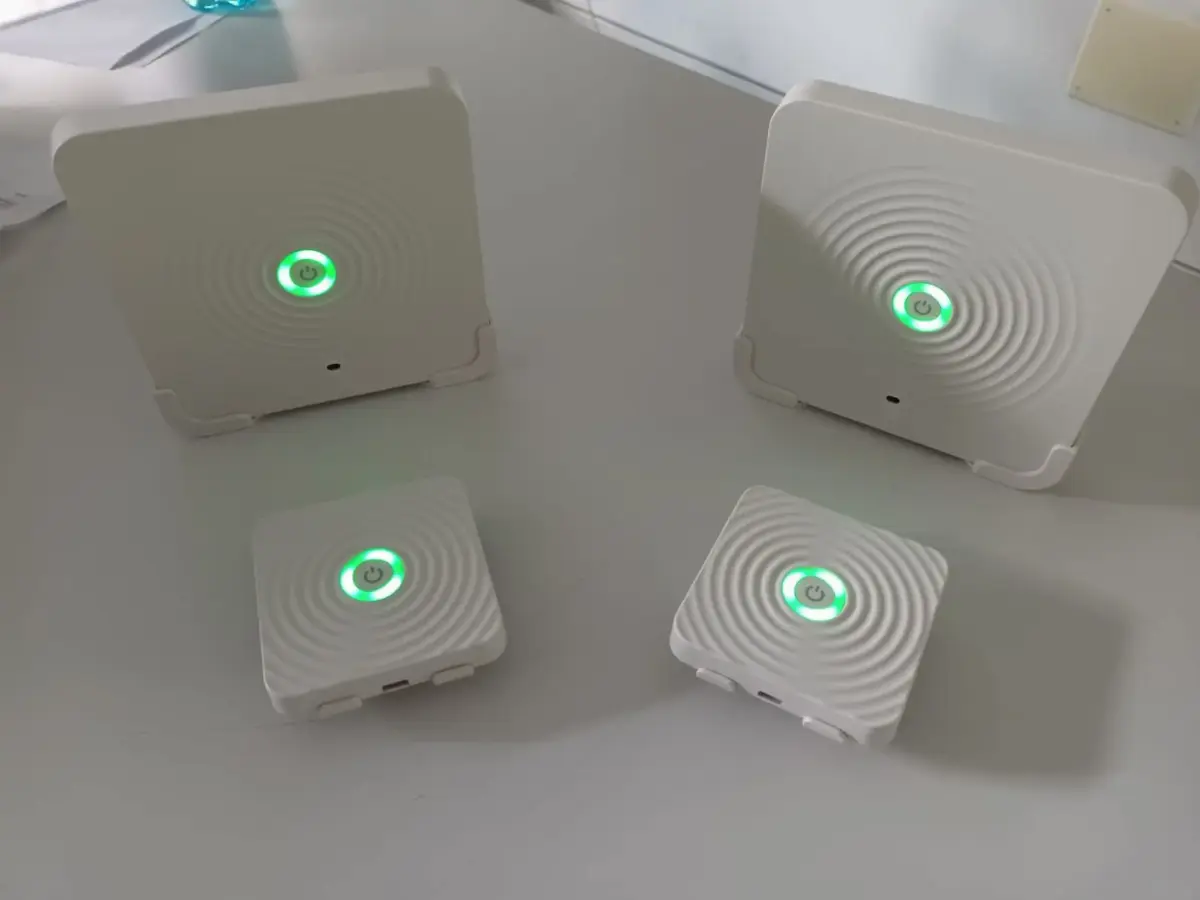
Elt Group: new study confirms e4shield efficacy in reducing risk of contamination from Sars
The application significantly reduces the risk of contagion

A new study published in MDPI Applied Sciences and conducted by the research and innovation team of Elt Group and its subsidiary E4Life in collaboration with the Energy Department of Politecnico di Torino, with Professor Marco Simonetti as the scientific lead of the activity, has demonstrated the effectiveness of the e4shield device in reducing the risk of contamination by respiratory viruses in a real-world scenario.
The study was carried out using multiphysics, fluid-dynamic and electromagnetic simulations in real scenarios, with particular attention to office environments. By integrating these simulations with experimental laboratory results on virus inactivation, it was observed that the introduction of a microwave sanitization device (e.g., e4shield) significantly reduces the risk of contamination between individuals in the same environment. These results suggest potential applications and further studies in other everyday scenarios.
The results obtained through this work have significant implications for public health, particularly in the context of maintaining safe and healthy workspaces during and beyond the pandemic. The research contributes to the growing body of knowledge on innovative disinfection technologies and offers practical solutions to mitigate airborne transmission risks in office environments.
The study just presented is only the most recent attestation of the efficacy of the e4shield technology launched by Elt Group in 2022 as a solution for the inactivation of respiratory viruses present in the air through the action of electromagnetic waves and which, via the e4life Personal and e4life Ambient devices, represented a crucial innovation for the protection of public health. Today the company e4life, a newco born from the joint venture between Elt Group and Lendlease, is working to expand the application of e4shield technology to other respiratory viruses (whether human or animal) and to pursue the ambitious goal of potentially being effective also against other microorganisms (e.g., bacteria).
The objective is to employ and optimize e4shield also as a tool to address the prevention and control of transmission of infectious pathogens (including epidemic events) through a “one-health” approach (a single solution for human and animal health).
Several studies attest to the technology’s effectiveness; the most recent was published last January in Nature Scientific Reports and demonstrates the effectiveness of electromagnetic waves in inactivating the highly pathogenic A(H5N1) virus responsible for avian influenza in aerosols thanks to an appropriate combination of frequency, exposure time and minimum electric field intensity.
The e4shield technology has also been included in the report “Suppressing indoor pathogen transmission: A Technology Foresight study” by the Joint Research Centre (JRC) of the European Commission and listed among the innovative technologies that should be considered in the EU’s future to ensure improved indoor air quality. The technology that uses waves to inactivate viruses was recently incorporated into the reference practice UNI/PdR 173-1:2025.
AVIONEWS - World Aeronautical Press Agency